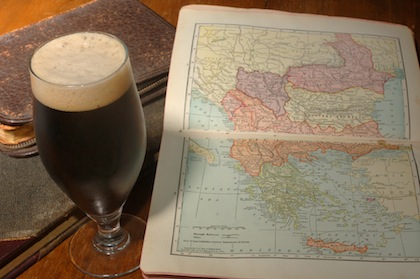Our beloved porter has seen it all. It went from the rough-hewn, smoky seminal macrobrew in early 18th-century England, to the first truly international beer in the 19th century, to near extinction in the 1970s, all in a span of 250 years. It was thankfully resurrected by CAMRA and American microbrewers in the 1970s. Today, “porter” is rather diverse, with English and American prototypes; plain, robust and imperial versions; and most enigmatic of all, Baltic porter. Baltic porter is rooted firmly in the heyday of English brewing, but tailored to the circumstances and bottom-fermentation methods of Baltic and Continental European brewers. Unique among porters, they often use atypical ingredients, though those are easily obtained. Fermentation requires some forethought, as always, but nothing unusual. Baltic porter is something of a hybridized beer style, impressive brews that are well worth investigating.
Imperial Roots
The mighty British beer exporters of the 18th century are famous for “inventing” the global India pale ale. Truth be known, porter was also shipped to the tropics. These visions of ships boldly navigating treacherous maritime conditions to exotic ports over several months with cargo eagerly anticipated by thirsty legions of expatriates craving casks of perfectly matured ale are romantic indeed. Many of those brewers also shipped their wares closer to home, with one coveted market to the east in Scandinavia, Russia and Eastern Europe. People of these cool regions preferred the darker, sweeter beers of London and Burton to the dry and hoppy IPA, favored in the subcontinent. Strong renditions of porter and stout were a natural for these northern markets. The relatively short, tempered trip left the product much like that which left port in England. The cold waters provided optimal conditions below deck, a smoothing, lagering period of sorts. And, unlike India, the climate afforded relatively long storage times once delivered. Bottom-fermentation and cold-conditioning were the norm here, influenced by brewing pioneers in Bohemia, Austria, Germany and Denmark. Logically, these imported beers were eventually made locally, which in turn changed the style from London/Burton beer to lager-inspired Baltic porter. Naturally, local hops and malt were used, defining the Baltic style, and further separating it from its English ancestors.

(Kinsley Dey)










